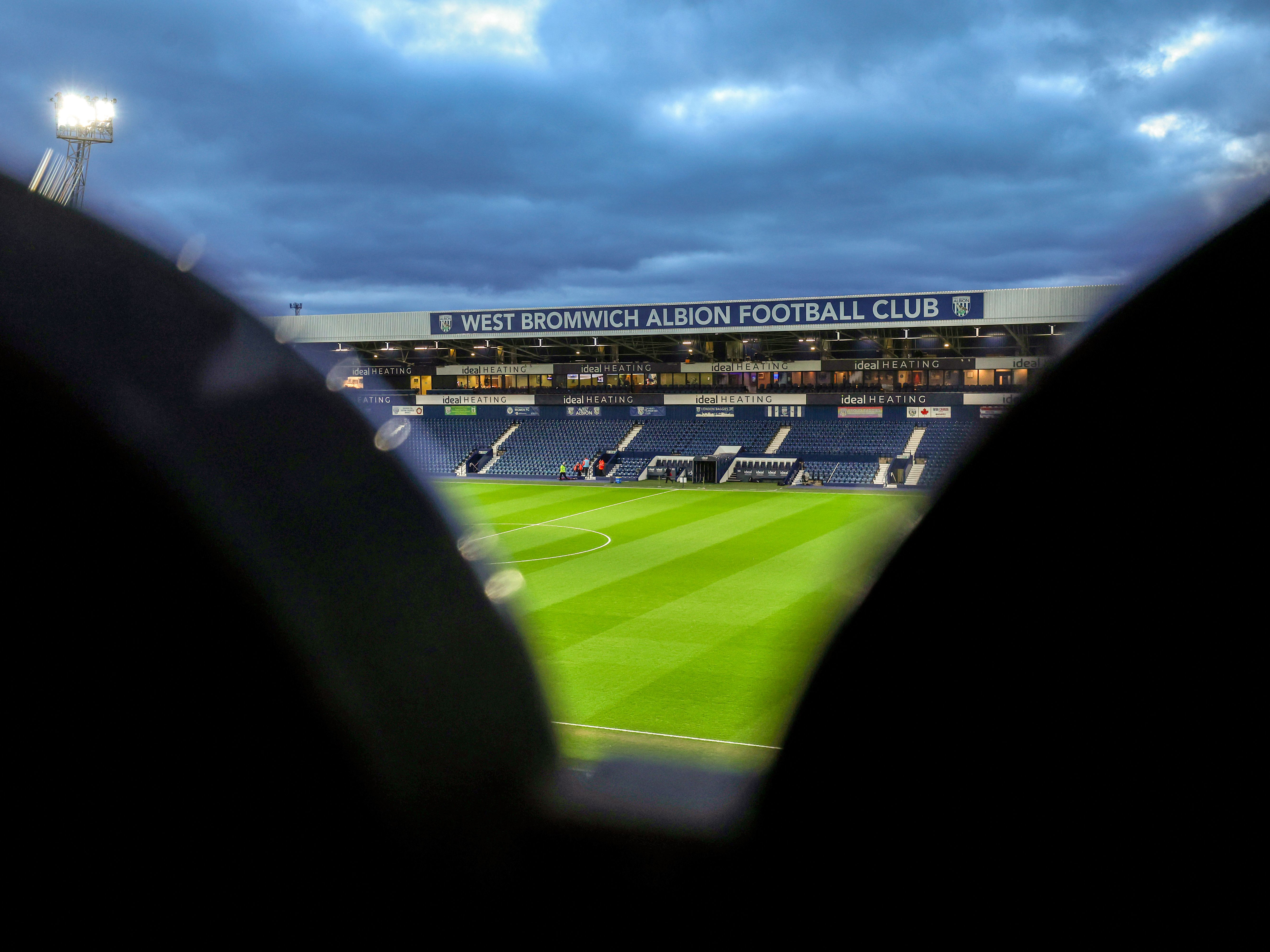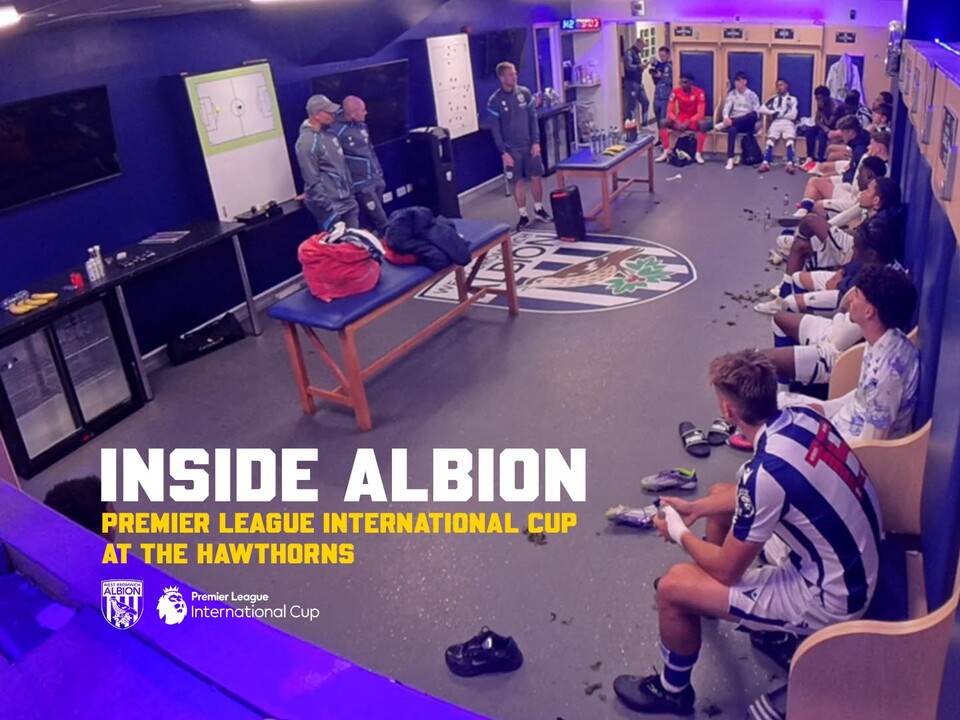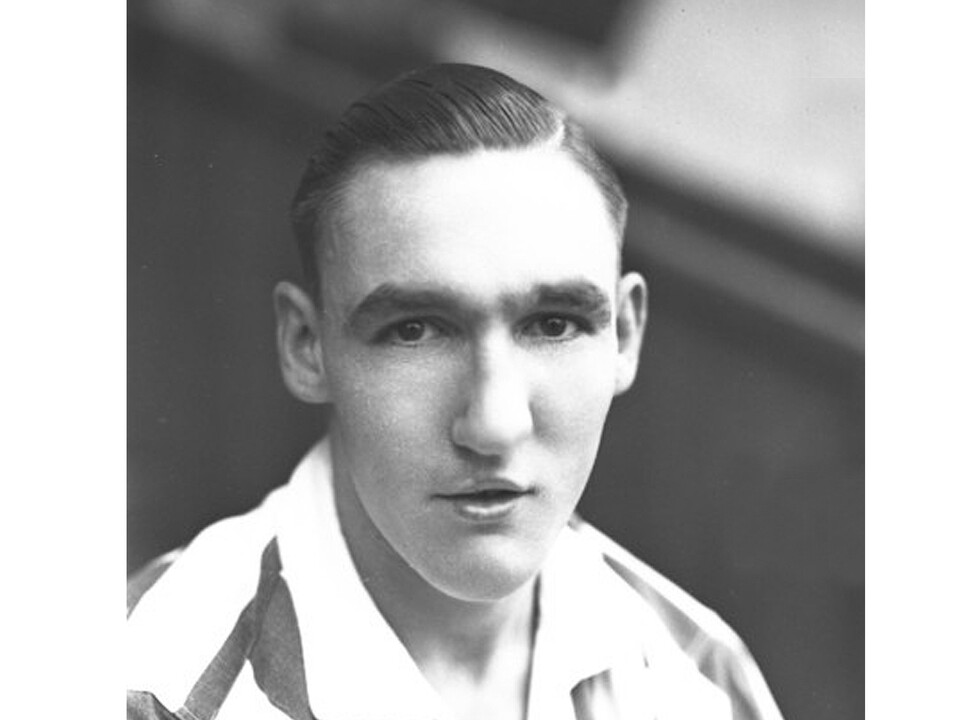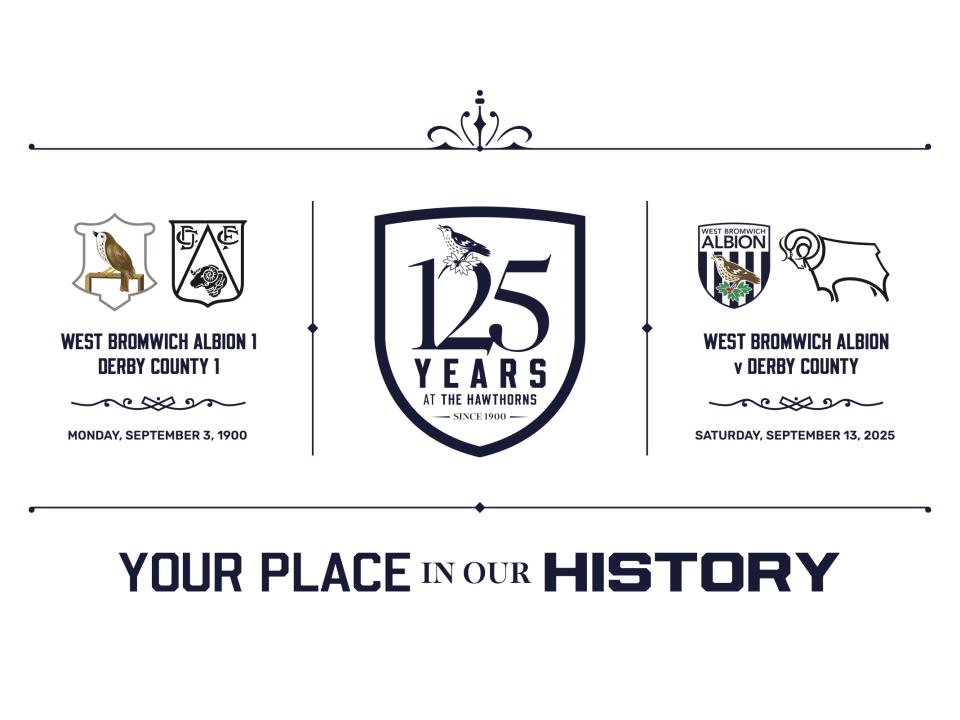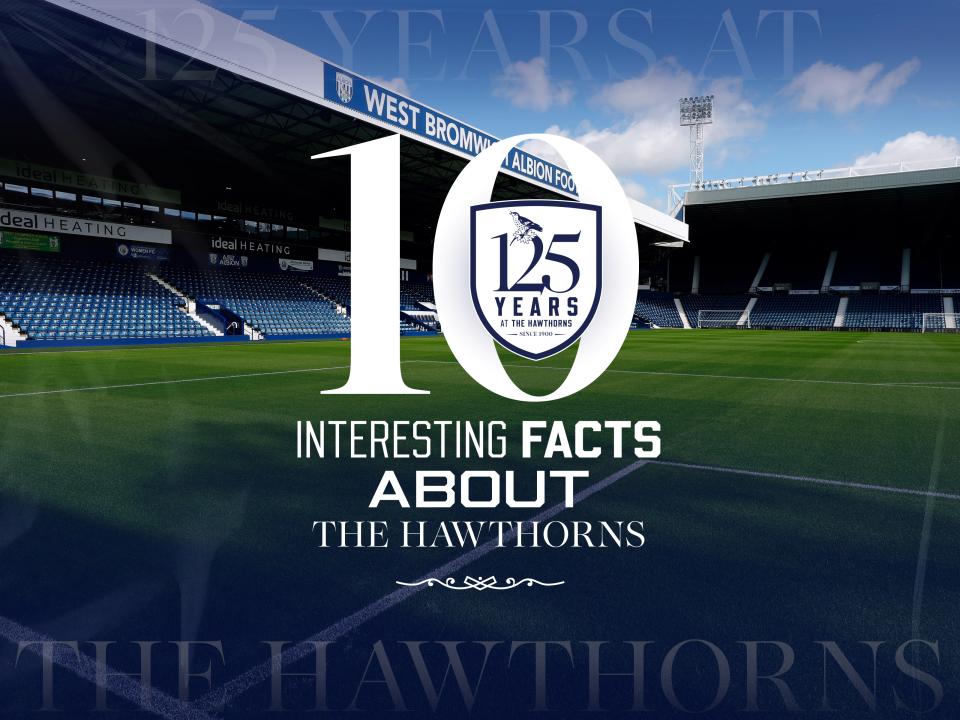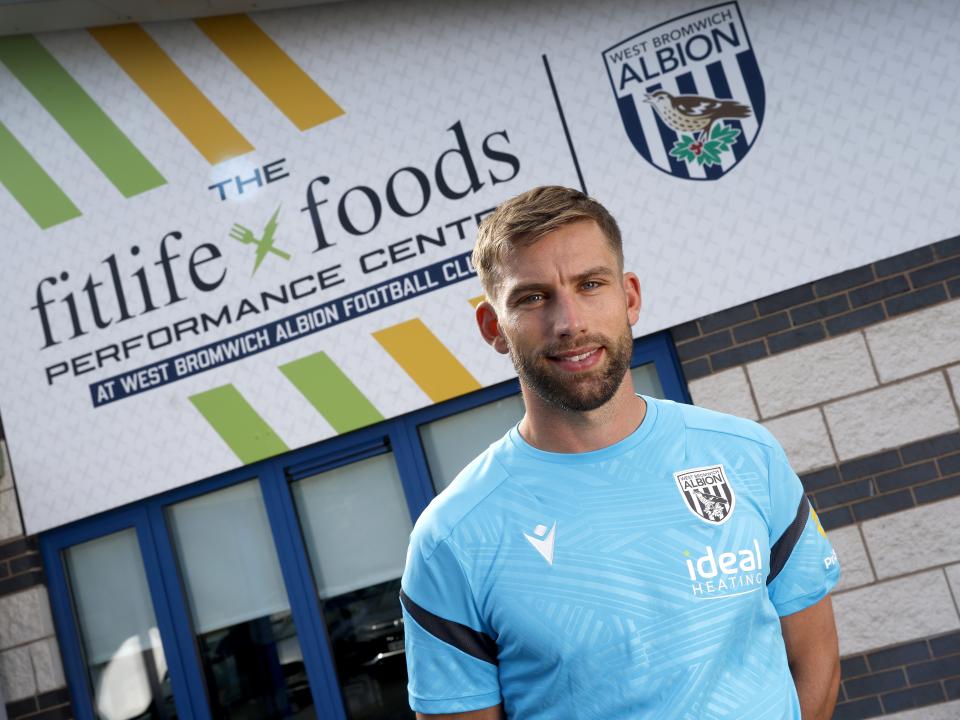Club Historian Dave Bowler is currently writing ‘The History Of The Hawthorns’, to be published in November. This introduction taken from the book looks to sum up what The Hawthorns means to us all...
Enjoy!
If there is only one fact that most football fans of any allegiance know about The Hawthorns, home of West Bromwich Albion, it is that it is the highest league ground in the whole of England – some 551 feet above sea level, seeing as you’ve asked.
Prior to one game, an extremely well known national broadcaster once asked me to verify this and, once I had done so, he asked me, “Why?”
I’ve mused on what should have been the appropriate response for years now. Did the architects have the sea specially lowered just to claim the prize? Was it constructed atop a slumbering Black County volcano, which would at least account for the eventual emergence of Gary Megson?
Romantically, I have come to my preference, which is to think that quite simply, the Albion were God’s chosen football team. That being so, He simply wanted to be closer to the action and so placed us on high, even if that does rather fly in the face of 125 years of results. If He is omnipotent, why would He apparently choose to have so many Saturday afternoons off? Come on God, keep your eye on the ball!
The truth is The Hawthorns is where it is, and as high as it is, because of another of its curious facts - it was the first deliberately built out of town Football League ground in the country, built not to facilitate the construction of a retail park around it, as would become the standard operating procedure in the 21st century, but because it was the cheapest and quickest way of creating a stadium to meet the demands of the rapidly expanding crowds central to the growth of the Football League.
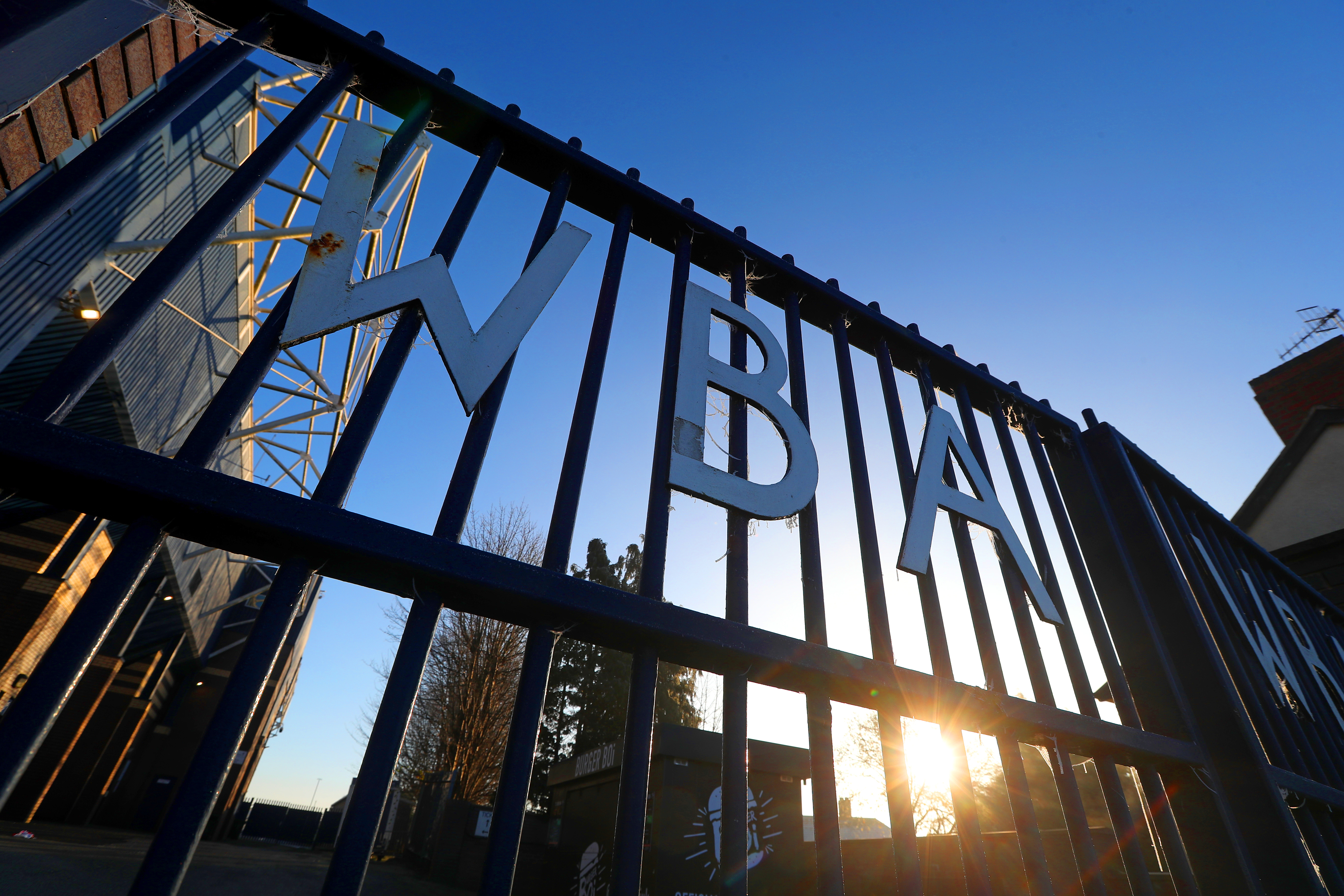
It was cunningly placed in such a location so that it could take full advantage of the burgeoning transport network of the late Victorian age, enabling supporters to be ferried into this new shrine to the beautiful game from all points in the vicinity, be they to the north, south, east or west. And all of this long, long before the M5 did likewise for a later generation of game goers nearly 70 years later. As anyone who has done ‘the 92’ will tell you, there is no easier ground to find than The Hawthorns in the whole of England, even if traversing the last mile or so of the long and winding road to our door can be a bit of a challenge on a Tuesday or Wednesday night.
The use of the word ‘shrine’ in the previous paragraph is deliberate, for that is what The Hawthorns is. There is a distinct separation between what, in government circles, would be called church and state. In this context, ‘state’ is West Bromwich Albion, the entity, the football club that conducts its business both home and away, the one whose scores are published online, in the papers, in the history books, the thing in navy blue and white stripes that appears in places as far apart as Colchester and China, Portland and Plymouth. It has its own life, its own existence, its own rhythms.
But the church, the shrine, is The Hawthorns, and that is something that, while it exists as both headquarters and home turf, also sits apart from the football club. For this is the Shrine where the Throstletariat go about their devotions, whether they treat them as religious or secular. Yes, West Bromwich Albion play here, but there is more to it than that. Yes, the story of The Hawthorns is decorated with great games, glorious deeds, painful defeats that are like an arrow to the heart. But where the story of West Bromwich Albion is principally the story of Jesse Pennington, Ronnie Allen, Tony Brown, Bob Taylor, James Morrison, all those stars in stripes, the tale of The Hawthorns is about the place where the soul of that club resides, and about those who come to worship here. The story of The Hawthorns is your story, the story of the Throstletariat. You are The Hawthorns.
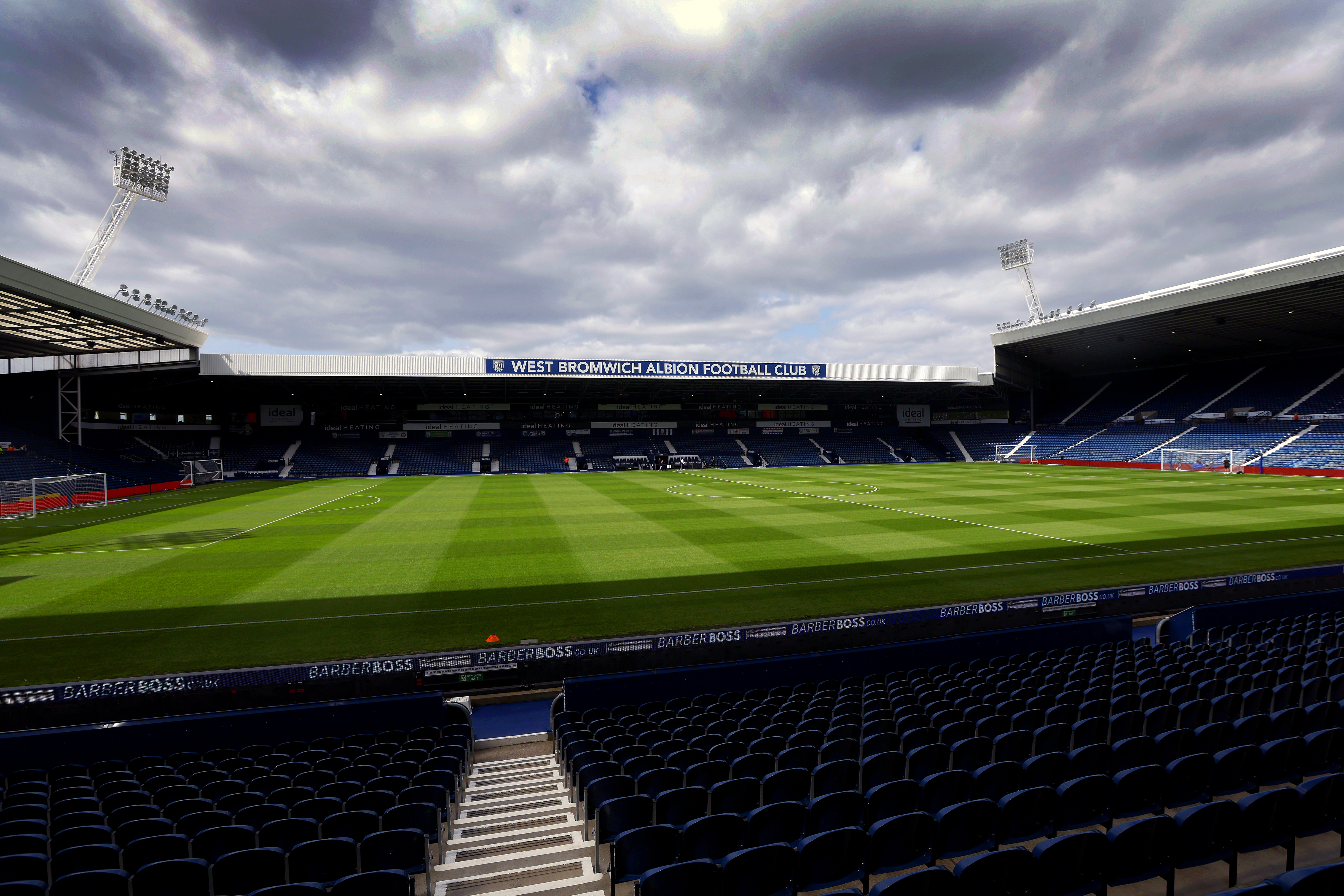
Think about the way this town has changed. How much else is there left in West Bromwich that was standing when work first began on constructing this new football ground at the beginning of the 20th century? Factories, shops, houses, whole estates have disappeared as progress has marched on, as has every single person who was around at the time. A few buildings remain, the odd pub or a church or two for instance. Not much else has survived. Admittedly, none of the stadium as it was then constituted survives either, but while The Hawthorns is a location, that location is as much a state of mind as it is a specific construction of bricks and mortar, soil and grass.
If the chosen land of West Bromwich has a capital, then it is surely The Hawthorns. That might not have been the case back in 1900, but as one of our most venerable locations, it is now. If you are from the area, it is a place that you have grown up with, perhaps passed on the bus on your way to and from Birmingham, for example, or seen as you drive north on the M5, the sight of the towering floodlights signifying that you have come home.
If you did not win life’s lottery and you weren’t born in West Bromwich, if you have come here from elsewhere in England, elsewhere in the world, then don’t worry, it’s not too late. If you want to know what this area is about, if you truly want to get under its skin and find out how the town ticks, you go to The Hawthorns, you become part of the congregation. You absorb its noise, its sights, its smells, its culture, you join in with the community singing. Make this your second home, your sanctuary every other Saturday - television permitting - and you are part of the family, part of the ever evolving story, for better, for worse, for derby day wins and for League Cup defeats. You belong.
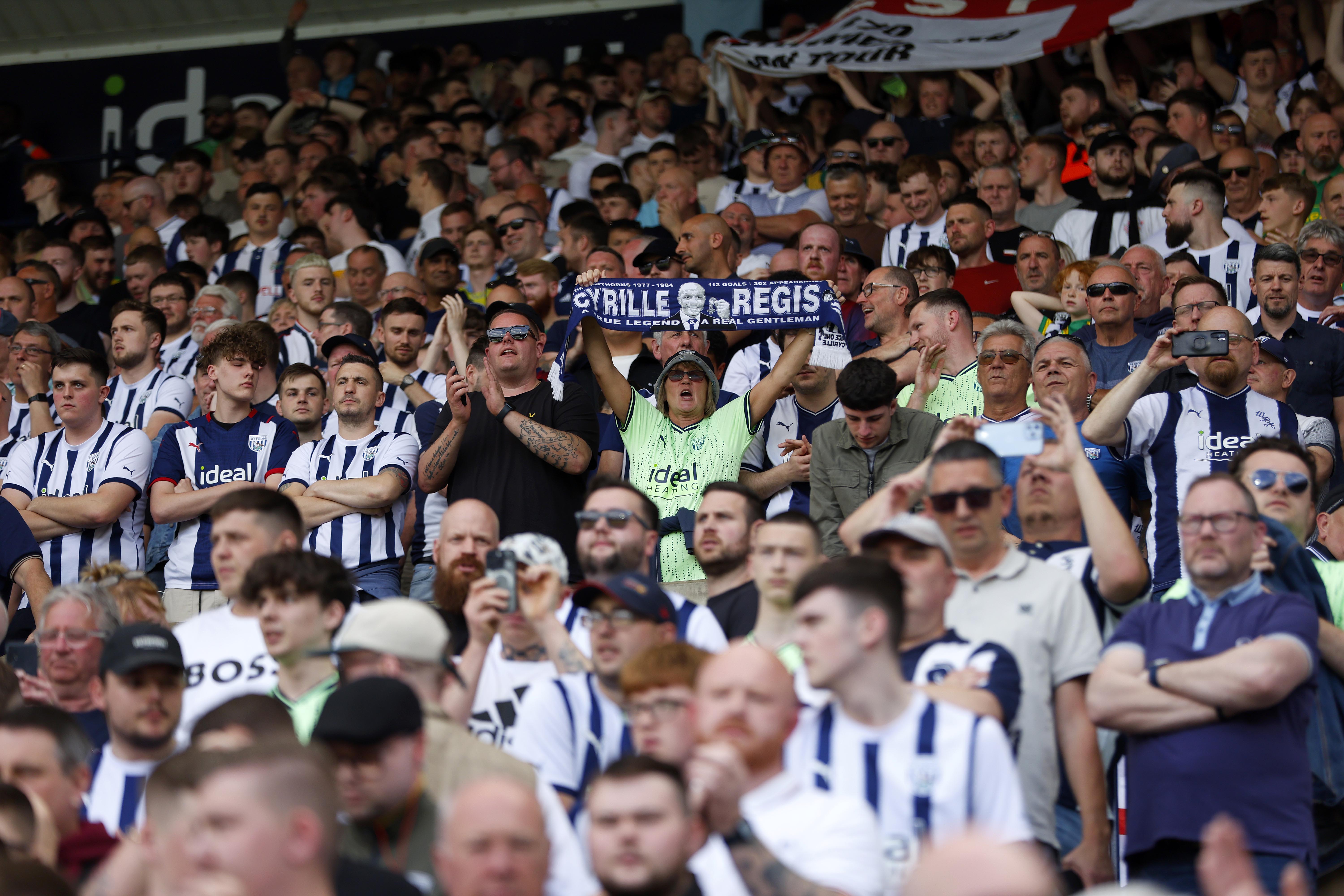
For the countless thousands who have passed through – or over – the turnstiles over these last 125 years, The Hawthorns represents a location more intimate than any other beyond the family home, perhaps more so in some cases. Where else do you voluntarily spend as much time? Where else do you endure such lows and thrill to such highs? Where else can you meet up with a disparate band of friends, friends who you might never see anywhere else? Where else can you find yourself hugging a complete stranger and it being the most natural thing in the world rather than an arrestable offence? Where else do you go that awakens so many memories, so many emotions? Where else is there that you can go that so readily brings back to life thoughts of parents, siblings, children, friends, yes, even players, who are no longer with you?
For thousands of us, past present and future, there is nowhere else where we can so readily commune with the dead while simultaneously feeling more alive than in any other situation in our lives. If only you could bottle that stuff…
